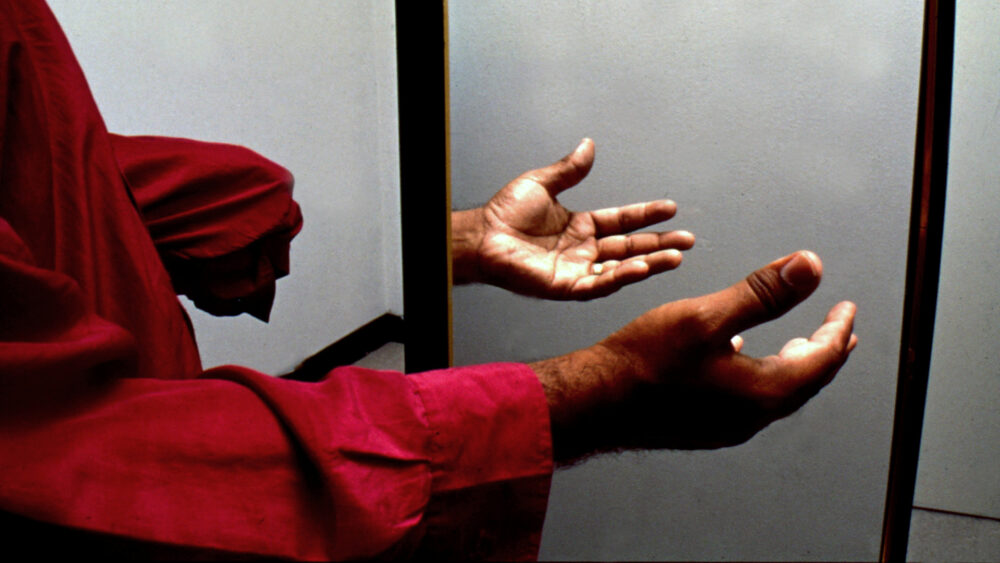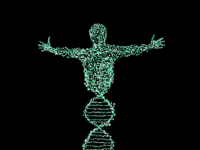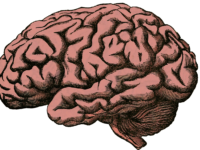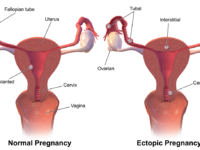After an amputation, it is quite common that patients experience a vivid perception that their limb is still present. In fact, roughly 80 percent of patients report pain from the phantom limb. According to neurologist Dr. Vilayanur Ramachandran of the University of California, San Diego, within the first few weeks status-post an amputation, many patients report excruciating clenching spasms in the phantom hand, often accompanied by a feeling of fingernails digging into the palm. Ramachandran cites that it often takes patients several minutes or even hours to voluntarily unclench the phantom limb.
The cause of pain associated with phantom limb syndrome (PLS) is highly debated. Ramachandran speculates that the clenching sensation is a result of under-damped motor signals. In normal sensory-motor circuitry, the clenching motor signals sent from the premotor and motor cortex to the hand are damped by error feedback from proprioception, which is body awareness in the musculoskeletal system. However, in amputated limbs, this proprioception is incomplete and the signal amplification is felt as pain.
Another interesting phenomenon with PLS is memory-sensation association. For instance, Ramachandran notes that patients who frequently wore wedding bands or watches would maintain that sensation status-post amputation. Even conditions like arthritis flare-ups persist despite losing physical connection to the locations of pain.
Despite the widespread prevalence of PLS pain, current treatments are limited, rudimentary, and vary in effectiveness. Rather than addressing the primary cause of PLS, many treatments focus on symptom management, utilizing nonsteroidal anti-inflammatory drugs (NSAIDs) and opioids for systemic pain and antidepressants or anticonvulsants for nerve pain. Surprisingly, one of the most effective treatments is non-pharmacologic and attempts to control the phantom limb sensation: mirror therapy. In this method, a mirror is placed in a box to create an optical illusion. When a patient places their non-amputated hand inside the box, the reflection provides a visual representation of their phantom limb. This visual gives the patient greater control over their clenching spasms after weeks of practice, which Ramachandran has seen produce remarkable success. He noted that, although some patients saw increased sensation of the phantom limb, the required time to voluntarily unclench and relieve pain drastically decreased.
Surprisingly, one of the most effective treatments is non-pharmacologic and attempts to control the phantom limb sensation: mirror therapy.
While little is still known about the pathophysiology of PLS and the associated pain, Ramachandran and other neurologists have grown interested in the topic as a way to explore the human somatosensory map and neuroplasticity.
Source: Brain (1998).






